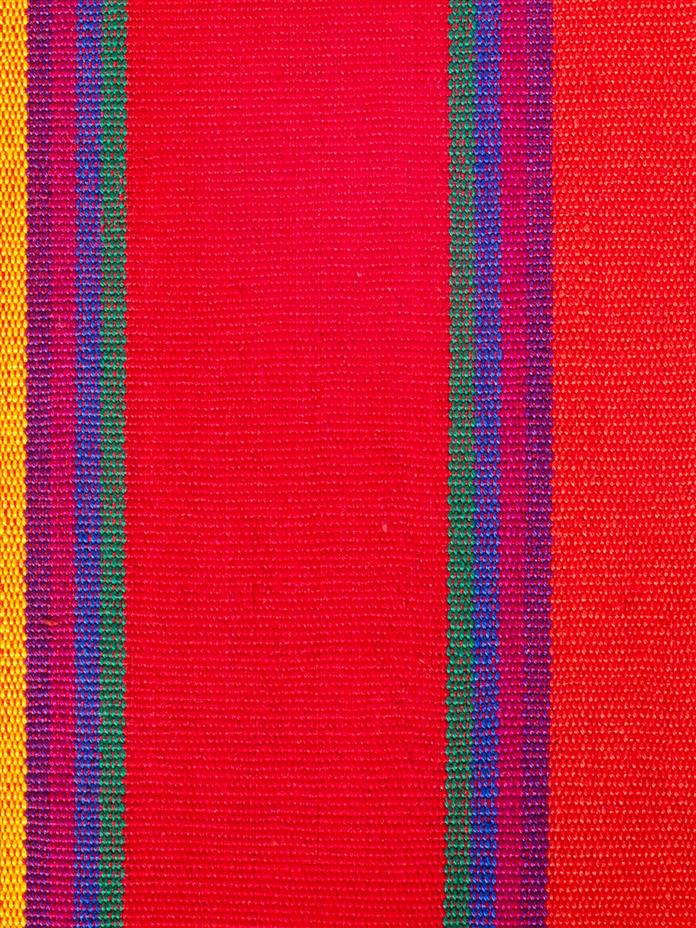
Tap to Read ➤
What is Mineral Oil
Ningthoujam Sandhyarani

This story deals with the types, uses, extraction, and other aspects of mineral oil. Also given are the properties, side effects, and the risk factors involved with it.

Mineral oil is extracted from the rocks and minerals located underneath the Earth's surface. You might have seen this oil being mentioned, on the labels of skin care products and alternative medicines.

An Overview

Basically, it is a light, clear, transparent, and odor free compound. Its mode of formation and extraction are almost similar to gasoline and petroleum. It is formed from organic materials that are embedded deep in the Earth's crust, after being subjected to various geochemical processes.

Extraction
As it is derived from porous rocks, minerals, and underground traps, it is called mineral oil. Also known as paraffinic oil, it is one of the by-products yielded during the purification of crude oil for gasoline and petroleum production. It is manufactured in large amounts, and is sold at a very low price.

Properties
Chemically, it is a liquid petrolatum similar to petroleum jelly, containing a mixture of hydrocarbons (alkanes and paraffins) and other compounds. According to their concentration and the level of refining, mineral oil is sold with different grades in the market. In health food centers, you will find both light and heavy types of this oil.

As Lubricants and Coolants
The main uses of this oil are attributed to its lubricating properties. It is an excellent emollient and lubricant for automobiles. In electrical appliances, it serves as a coolant which does not conduct electricity. It is also applied as a non-conductive thermal fluid.

In Medicine
It is used as a natural stool softener, to retain water in the feces. It is a common ingredient in baby oil, which is useful for combating eczema, diaper rash, dandruff, and impacted earwax problems. It has a strong tendency to combine with other types of oils. Thus, it can be applied topically over skin areas which have been exposed to poison ivy oil or exudate.

Other Uses
It absorbs dust, dirt, and foreign particles very easily. Thus, it is popularly used for temporary tattoo removal, makeup cleaning, metal polishing, and furniture cleaning purposes.

Side Effects
Speaking on its side effects, internal use may cause adverse reactions like lung damage, intestinal problems, and reduced nutrient absorption by the intestinal walls. An increased dose of mineral oil laxative causes stool incontinence. When applying it on skin, it may clog up the pores, thus triggering acne breakouts.

Warning
In an animal study based on mice, applying skin moisturizers that contain this oil increases the risk for developing skin cancer. Also, it doesn't have any sun tanning action, and application for the same is baseless. Rather, its prolonged use on the face can cause adverse skin symptoms.

Thus, its uses for skincare and healthcare purposes have received different claims. Hence, before using it in foods or a routine skincare regimen, take proper guidance from a qualified physician. This way, you can prevent the dangers of mineral oil beforehand, instead of dealing with them in the future.